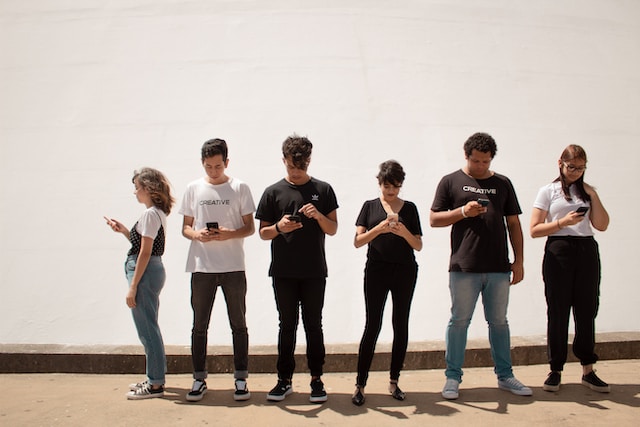
Social media can become almost addictive for many adolescents, according to a study by researchers at the UCLA brain mapping center. The study found that certain areas of the adolescent brain became activated by “likes” on social media, which sometimes made them want to use social media more.
During the study, the researchers used an fMRI scanner to image the brains of 32 teenagers as they used a mock social media app resembling Instagram. The teens were shown over 140 images where “likes” were believed to be from their peers, but the likes were assigned by the study team.
As a result, the brain scans showed that, in addition to several other areas, the nucleus accumbens, a part of the brain’s reward circuitry, was particularly active when they saw a large number of likes on their photos. According to researchers, this part of the brain is the same area that responds when we see pictures of people we love or when we win money.
Researchers say that this reward-related area of the brain is highly sensitive during the adolescent years, which could explain why teenagers are drawn to social media.
In another part of the study, researchers observed a correlation between social media and peer influence. The participants were shown both neutral and risky photos, but the type of picture did not affect the number of likes given by teenagers in the study.
Instead, they were more likely to hit “like” on the popular photos regardless of what they showed. Researchers believe this behavior shows that peers can have both positive and negative effects on others when using social media.
